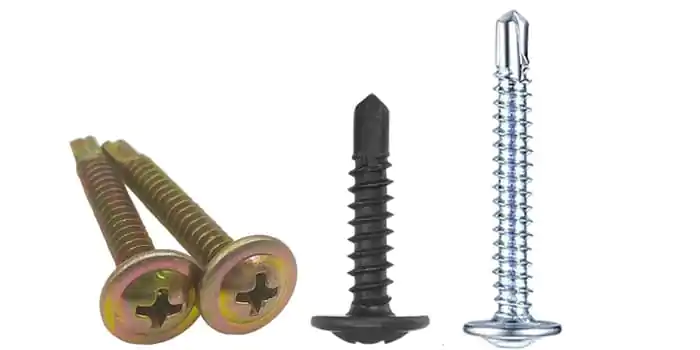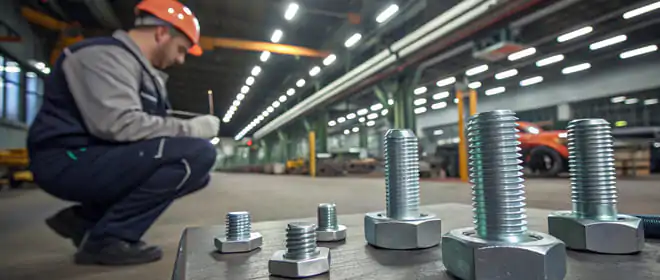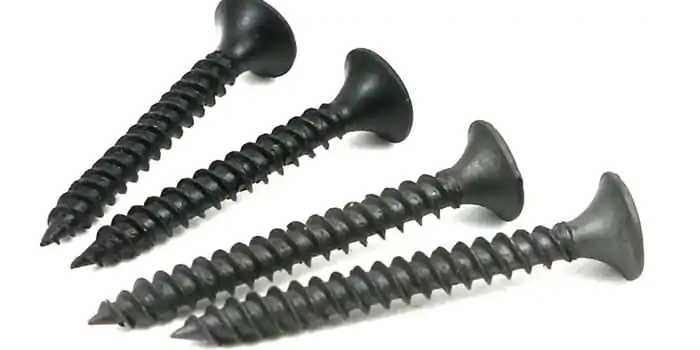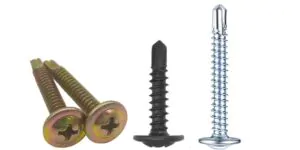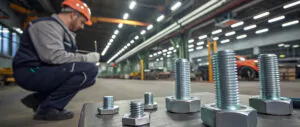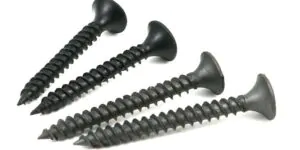Understanding Washers and Their Importance
Fasteners may be small, but they are critical to keeping assemblies secure. At Shanghai Hengrui, we understand that choosing the right washer type can make all the difference in assembly performance. Lock washers and retaining washers are two common types in the industry. While they may look similar, they serve unique roles, with one focusing on stability under vibration and the other providing tight positioning.
When we break down the benefits, it’s easy to see how each washer type is engineered to meet specific requirements. Let’s dive deeper to clarify the distinctions between lock washers and retaining washers and help you determine the right fit for your application.
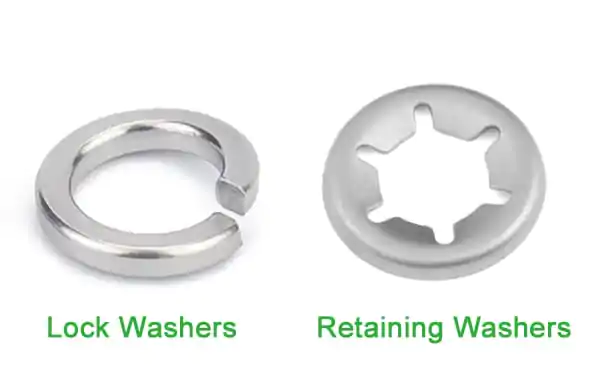
What are Lock Washers?
Lock washers are specialized fasteners designed to keep nuts and bolts in place, preventing them from loosening due to vibrations or load changes. Unlike standard washers that primarily distribute load, lock washers provide a locking mechanism to stabilize fasteners. This feature is invaluable in environments like automotive or machinery applications, where consistent movement can risk loosening fasteners over time.
Lock washers come in various types, each offering unique functionality. Generally, they are characterized by their tension-generating design, which ensures they hold fasteners tightly in position.
How Lock Washers Work?
Lock washers operate by creating tension when the fastener is tightened. Their unique shape allows them to compress slightly under load, generating resistance that counters loosening. This design is particularly helpful in scenarios where constant vibration or motion is present, such as in automotive or mechanical systems.
For example, a helical (or split) lock washer, one of the most common types, compresses when tightened and releases this energy slowly, adding security to the fastener. This action resists any movement, keeping the fastener firmly in place.

Types of Lock Washers
- Split Washers (Helical Lock Washers): Featuring a coiled design, these washers provide tension upon compression. The ends of the coil bite into the fastener and surface, securing it against vibration.
- Spring Washers: These washers, often in various shapes, exert tension on the fastener, ideal for moderate vibration settings.
- Wedge Washers: Known for their wedge-shaped design, these washers lock into place with high torque applications, ideal for heavy machinery.
- Tooth Washers (Internal and External): With teeth that grip surfaces, these washers prevent rotation by engaging directly with the fastener or component. They’re available with internal or external teeth for different head sizes.
- Pyramidal Lock Washers: Recommended for applications requiring high torque, these washers distribute load across a larger area for additional stability.

Applications of Lock Washers
Lock washers are ideal for a range of applications across industries that face significant movement or vibration:
- Automotive Components: Lock washers in vehicles help maintain tight, vibration-resistant connections in engine compartments and suspension systems.
- Household Appliances: Machines like washing machines or blenders benefit from lock washers that prevent bolts from loosening during use.
- Industrial Machinery: In environments where machinery operates continuously, lock washers prevent bolts and screws from loosening due to repetitive motion.
Their versatility makes lock washers a reliable choice for scenarios where fastening security is paramount.
What are Retaining Washers?
Retaining washers, also known as stop washers, serve a unique purpose. They prevent components from moving along a shaft or axle by engaging grooves on the component surface. Unlike lock washers, retaining washers don’t rely on tension to maintain position but rather on mechanical interlocking.
By securely positioning parts, retaining washers are essential in applications requiring specific placement and restricted motion, such as in precision devices or gear assemblies.

How Retaining Washers Work?
Retaining washers function by locking into specific grooves or slots in the components they secure. When installed, the washer’s tabs or protrusions fit snugly into these slots, creating a lock that keeps the parts in place. This method allows retaining washers to hold parts with high accuracy, preventing unintended movement.
This design is particularly useful in precise settings where parts cannot afford any axial movement, such as in bearing housings or gear assemblies.

Design Features of Retaining Washers
- Protruding Parts: Retaining washers usually have tabs or tangs that fit into grooves or slots on the components they secure. This feature physically restricts movement, locking components in position without relying on friction alone.
- Mechanical Locking: Retaining washers are built to provide a stable mechanical lock rather than increase tension. This makes them more suitable for applications where precision placement is required without the risk of loosening.
These design attributes make retaining washers an ideal choice in settings where consistent, precise positioning is essential.
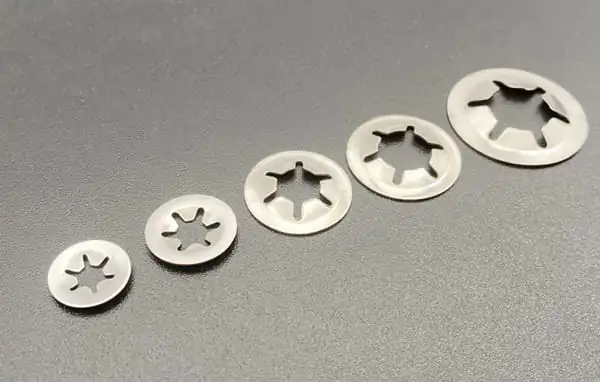
Applications of Retaining Washers
Retaining washers shine in settings where precise positioning and movement restriction are required. Some common applications include:
- Shaft Securing: Retaining washers prevent unwanted axial movement, particularly in shafts.
- Gear Assemblies: These washers provide stable positioning for gears, maintaining alignment.
- Precision Equipment: In devices requiring accuracy, retaining washers ensure components stay in place without loosening.
These washers are a staple in industries focused on high-precision assembly, such as robotics, medical devices, and advanced manufacturing.
Choosing Between Lock Washers and Retaining Washers
Selecting the right washer type depends on your application’s needs. For cases where vibration and movement threaten the integrity of the fastener, lock washers are typically the best option. However, if your assembly needs to prevent axial movement or requires precise positioning, retaining washers provide the necessary mechanical locking.
Both washers have distinct advantages, and at Hengrui, we offer a range of lock and retaining washers tailored to specific industry needs. Whether you’re securing automotive parts or precision components, our selection ensures you get the best solution for your fastening challenges.
Conclusion
Understanding the difference between lock and retaining washers is essential for ensuring the longevity and stability of your assembly. At Shanghai Hengrui, we provide high-quality fasteners that meet a range of industrial needs. From heavy-duty lock washers to precision retaining washers, we have the expertise and product line to support your unique applications.
Explore our complete washer range to find the solution that fits your project best. We’re here to help make fastening easy and reliable. For more information, don’t hesitate to reach out at info@hrfastener.com or visit our website.


